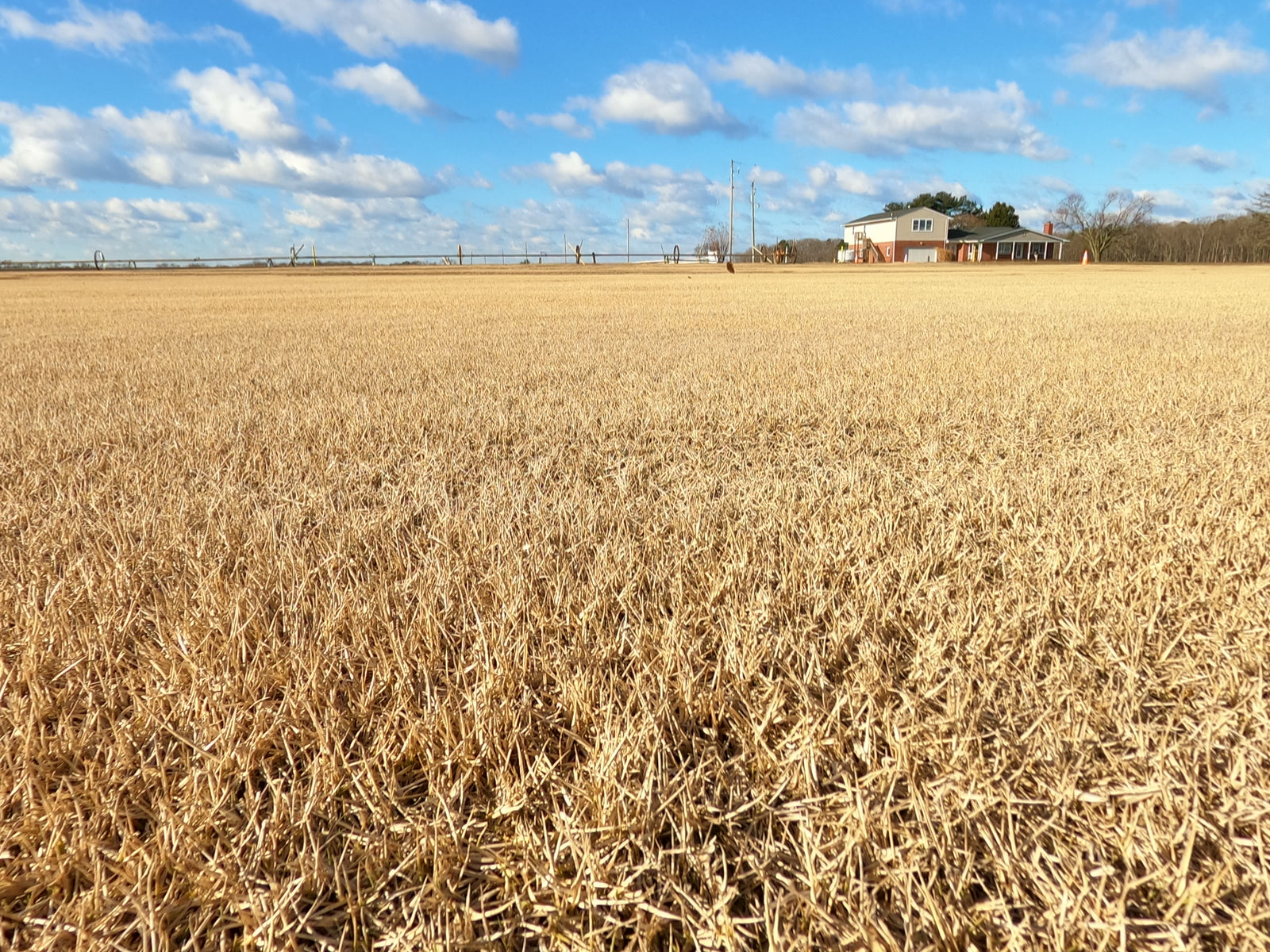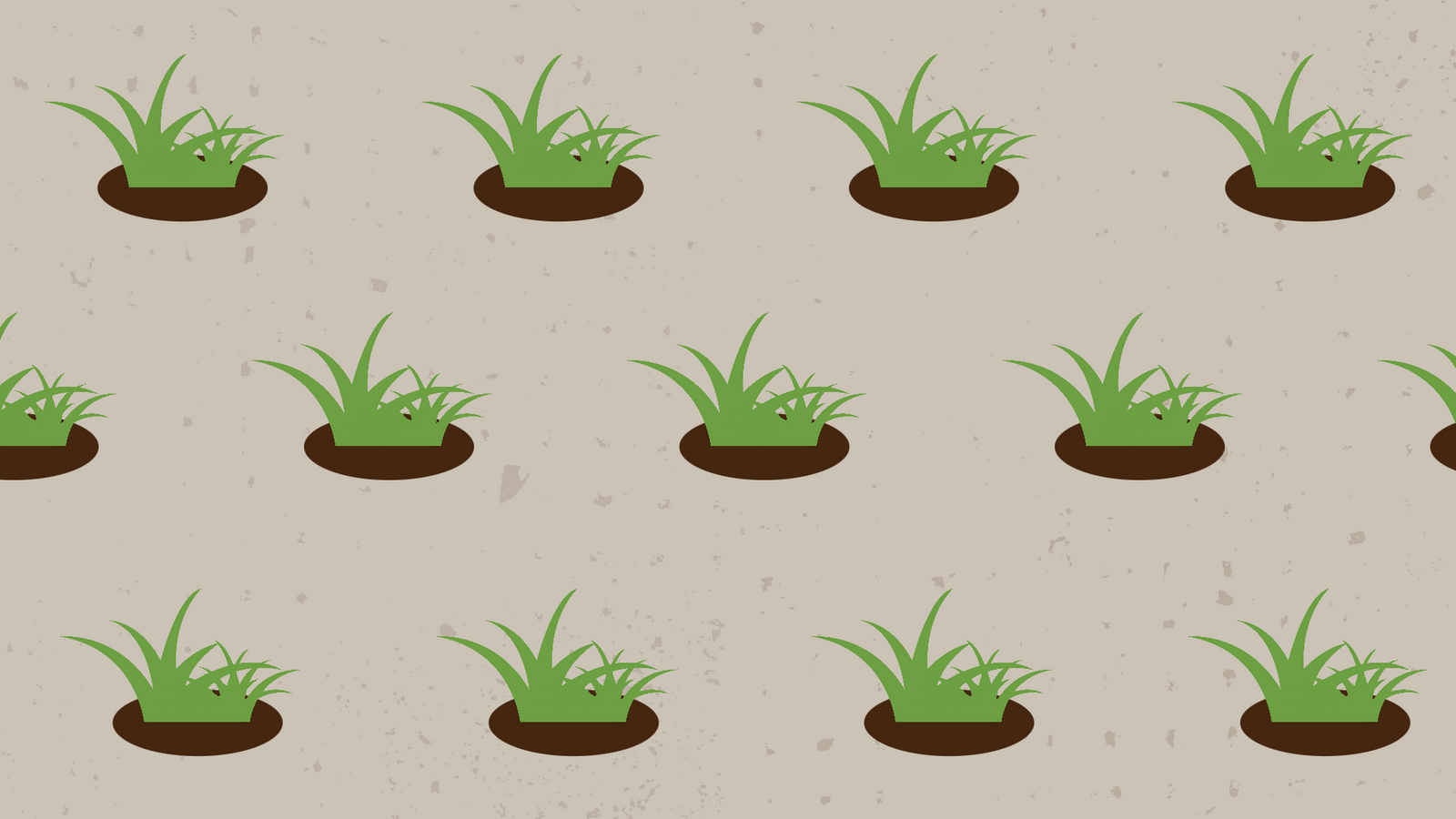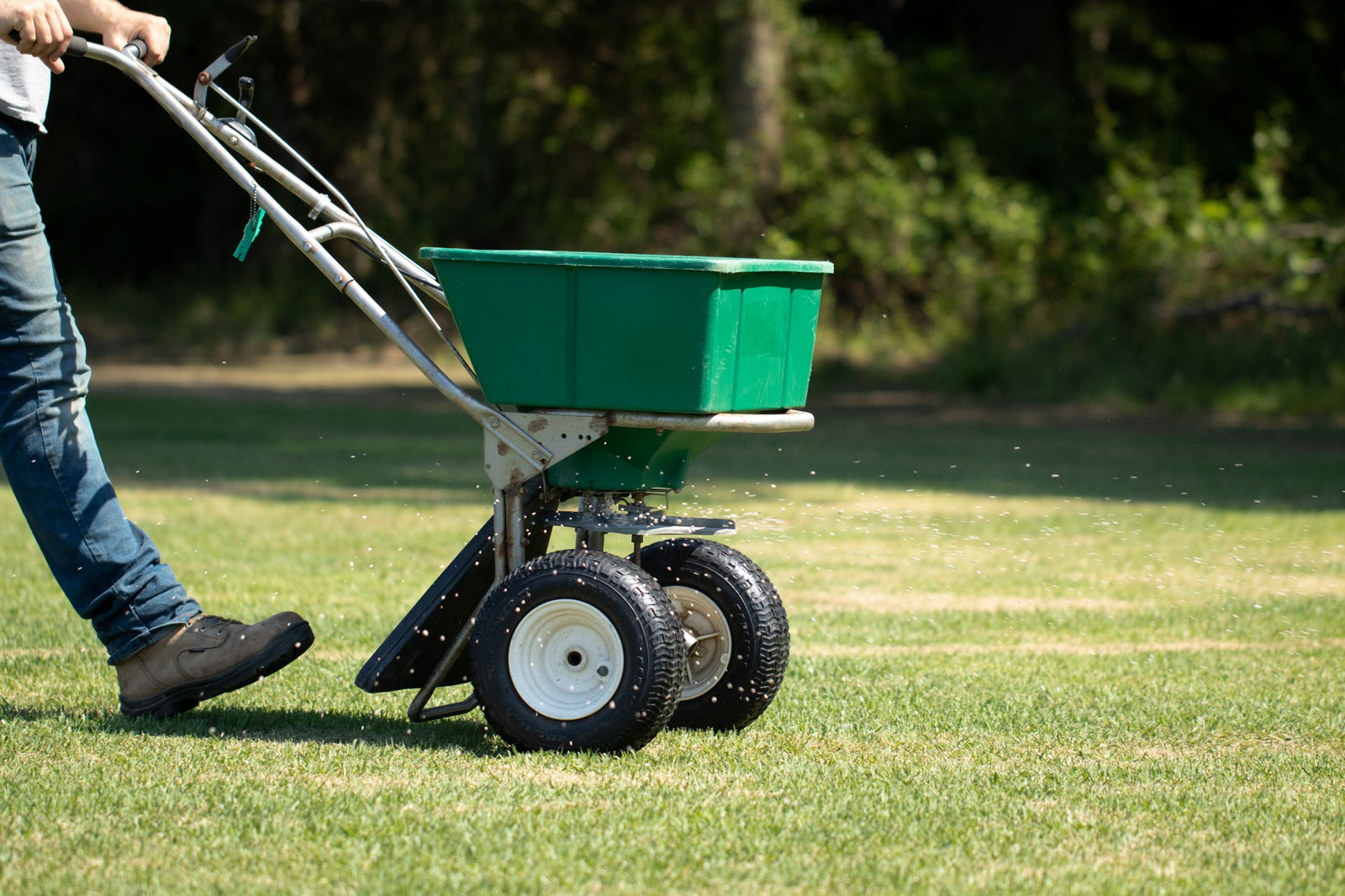Common Lawn Pests
August 31, 2021
Are you seeing the warning signs of a pest problem - skeletonized blades, thinning patches, or browning grass? Have the insects in your lawn attracted the attention of insectivores?
In this blog post we’ll go over three common pests, covering identifying characteristics and how to stop them in their tracks. Remember that prevention is best but treatments are available.
White Grubs

White grubs are especially common pests. They are the larvae of scarab beetles and are often found in the soil curled into a tight “C” shape. They feed on the root system of the lawn effectively cutting off the connection from roots to the blades which is indicated by large, dry looking discolored patches. Usually, the area can be pulled up from the ground with ease. Soaking the area with a mixture of soapy water or digging around gently will usually uncover the grubs. It is most effective to treat the lawn in the late summer or early fall before the grubs mature.
For grubs, you’ll want to treat preventatively with a product containing Chlorantraniliprole. If you have a current infestation look for products containing Dylox or Trichlorfon.
Chinch Bugs

Chinch bugs are fairly small, about the size of a pencil tip, but can wreak havoc on your lawn. Not only do they feed on the blades, causing tears and holes to develop, but they also leave behind their toxic saliva which further injures the grass. Patches of infested grass will gradually change from yellow to brown and will not bounce back with irrigation. You can try conducting a float test to uncover a chinch bug issue. This is most easily done with a metal can. You’ll want to remove both the top and bottom to create a metal cylinder. Gently drive the can ¾ of the way into the soil and fill with water. Over time chinch bugs should float to the surface.
To rid your lawn of Chinch bugs try a product with carbaryl as the active ingredient.
Moles

When Moles appear it typically means your yard is hosting other undesirable pests. Moles are usually found where soil is rich in organic matter and they prefer moist, easy to move soil. This means that they are more likely to appear in rainier seasons like Spring. While they do not feed on turfgrass they do create issues, leaving volcano-like mounds and digging tunnels throughout the yard. Oftentimes, these tunnels can create raised areas or divots. They also eat beneficial insects like earthworms.
Trapping moles is fairly easy and humane. Following trapping it is best to apply a broad insecticide. If the food source is gone the moles are unlikely to return. You can also try lining the area underground with wire mesh as an added preventative.
Also in Zoysia Plugs

Why does Zoysia change color in the Winter?
October 25, 2023

Converting your Existing Lawn to Zoysiagrass
September 14, 2023

⋆How To: Fertilize Zoysia⋆
August 02, 2023
Read our latest blog for some tips you need to know before you start fertilizing.
About Us | Refunds | TOS | Privacy Policy
© 2025 ZoysiaPlug.com.
Powered by Shopify

